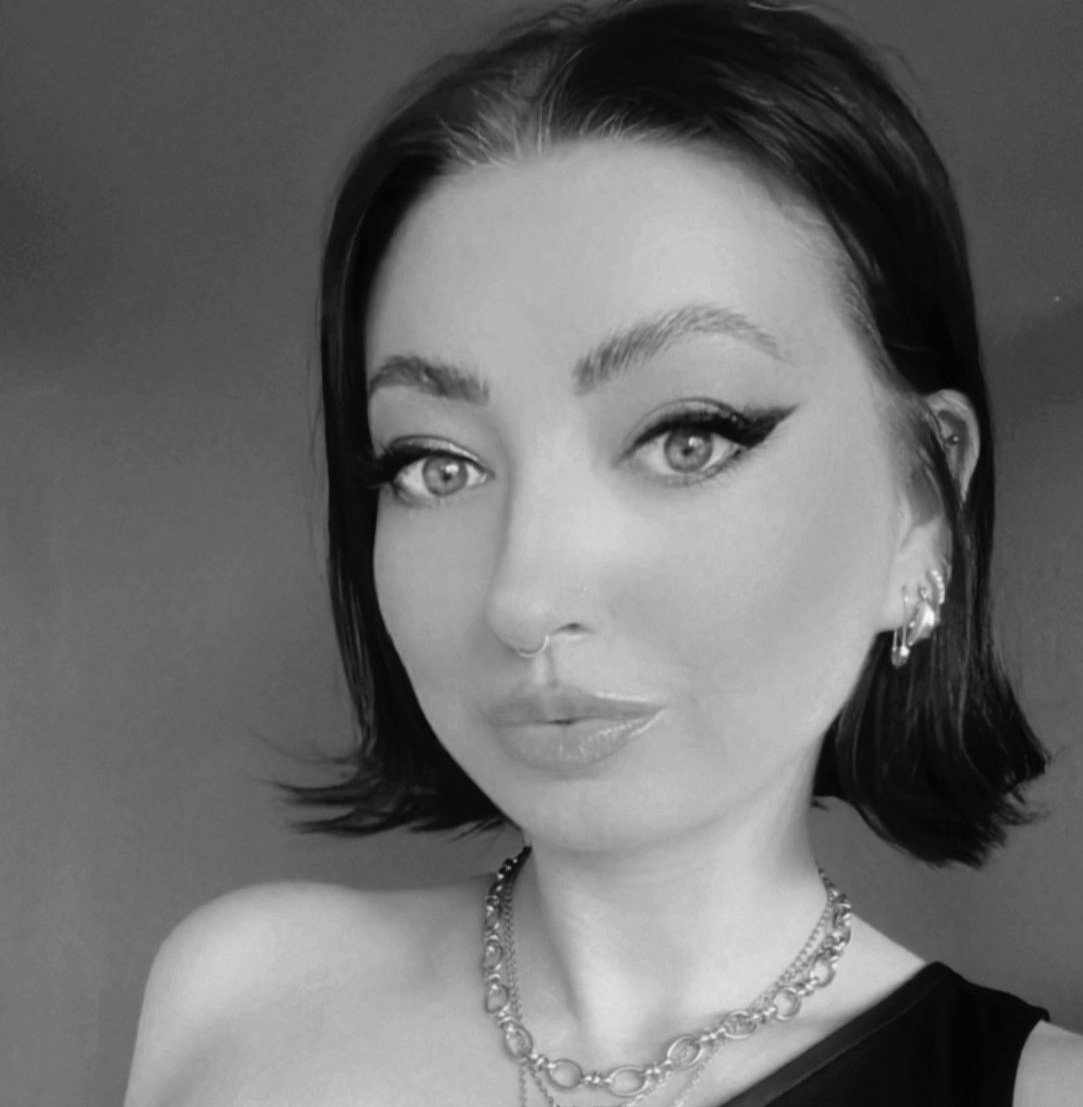
To mark International Women’s Day 2024, we’ve partnered with Hertility to launch The (Wo)man-Made Make Up Edit. Starring a host of must-have make up innovations, all just as iconic as the women who created them, this Edit comes in a limited edition beauty bag illustrated by artist Laxmi Hussain. Here, Hertility’s founder, Dr Helen O’Neill, answers your frequently asked hormone questions…
Hormones — we all have them, but how many of us actually understand them? From our skin care to our sexual pleasure, there’s seemingly no end to the ways in which our hormones can impact us.
With that in mind, we sat down with Dr Helen O’Neill, who founded Hertility with a mission to reinvent women’s healthcare and empower a new generation of women who want to know their bodies better and — with that knowledge — take control of their life choices.
LET’S START WITH THE BASICS
Cult Beauty: First of all – what exactly are hormones?
Dr Helen O’Neill: Hormones are small chemical messengers that coordinate lots of different functions in the body — everything from eating and sleeping to walking and talking.
CB: How do hormones differ between men and women?
Dr Helen: Men and women generally have the same set of hormones, but how they’re produced, their blood concentrations and their interactions with the body differ. Men generally have much higher testosterone levels, which produces male sex characteristics [sex organs which are present at birth and mature when sex hormones are released during puberty. Male sexual characteristics include the enlarging of the penis, testicles growing and sperm production]. Women have lower testosterone and higher levels of oestrogen and progesterone, which produce female sex characteristics and (alongside other cycling hormones) fluctuate each month to control the menstrual cycle.
HORMONES AND OUR MENSTRUAL CYCLE
CB: How do hormones change throughout the menstrual cycle?
Dr Helen: Cycling hormones oestrogen, progesterone, follicle stimulating hormone (FSH) and luteinising hormone (LH) all fluctuate throughout the menstrual cycle to bring about different bodily changes. Testosterone levels also fluctuate, spiking around ovulation.
CB: So, what are the different stages of the menstrual cycle?
Dr Helen: The menstrual cycle can be split into four phases. First is your period (the time you bleed) when all your cycling hormones are at their base, or lowest, levels. The second is the follicular phase, when oestrogen rises and follicle stimulating hormone (FSH) signals to your ovaries to start developing that month’s eggs. Your temperature will rise (along with your libido), thanks to oestrogen and a spike of testosterone. Next is ovulation, at about halfway through your cycle, when a surge in lutenising hormone causes one mature egg to be released with the hope of it being fertilised. The final phase is the luteal phase, when progesterone levels rise to prepare your body for pregnancy. If a pregnancy doesn’t happen, you menstruate the cycle starts again.
